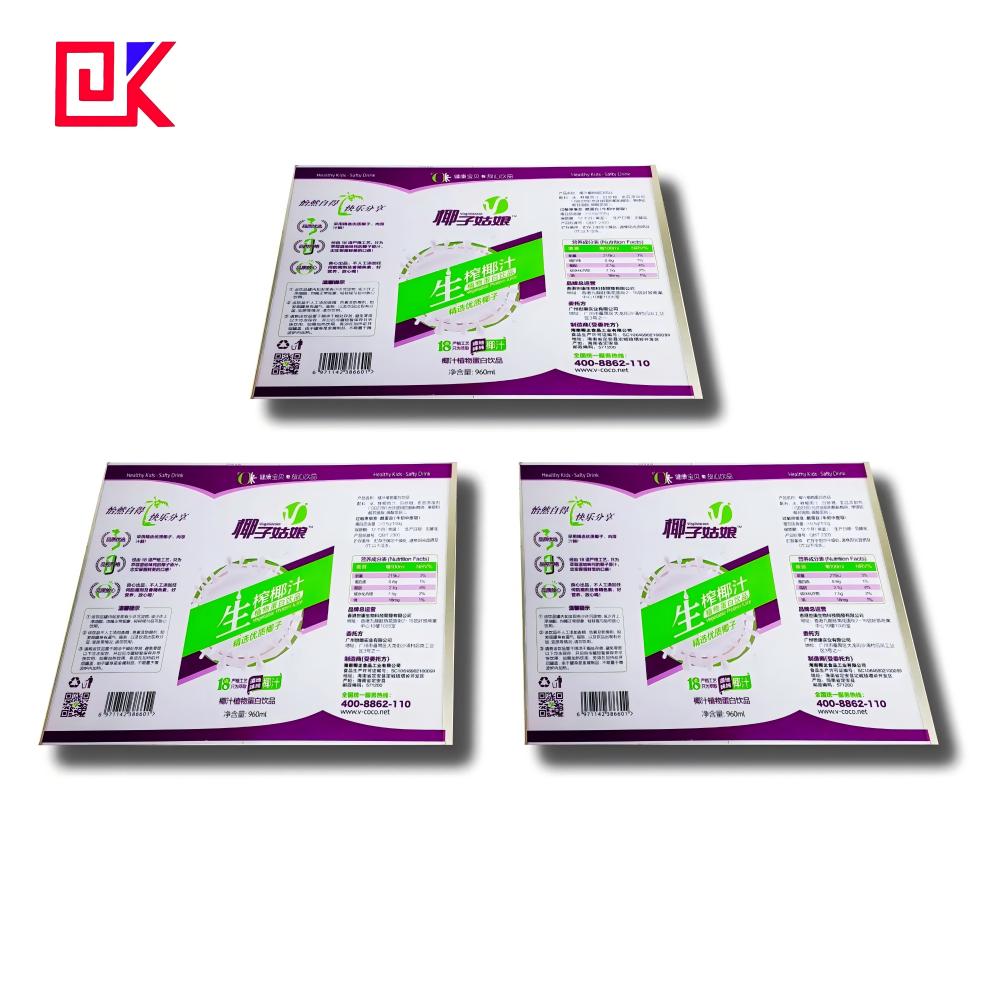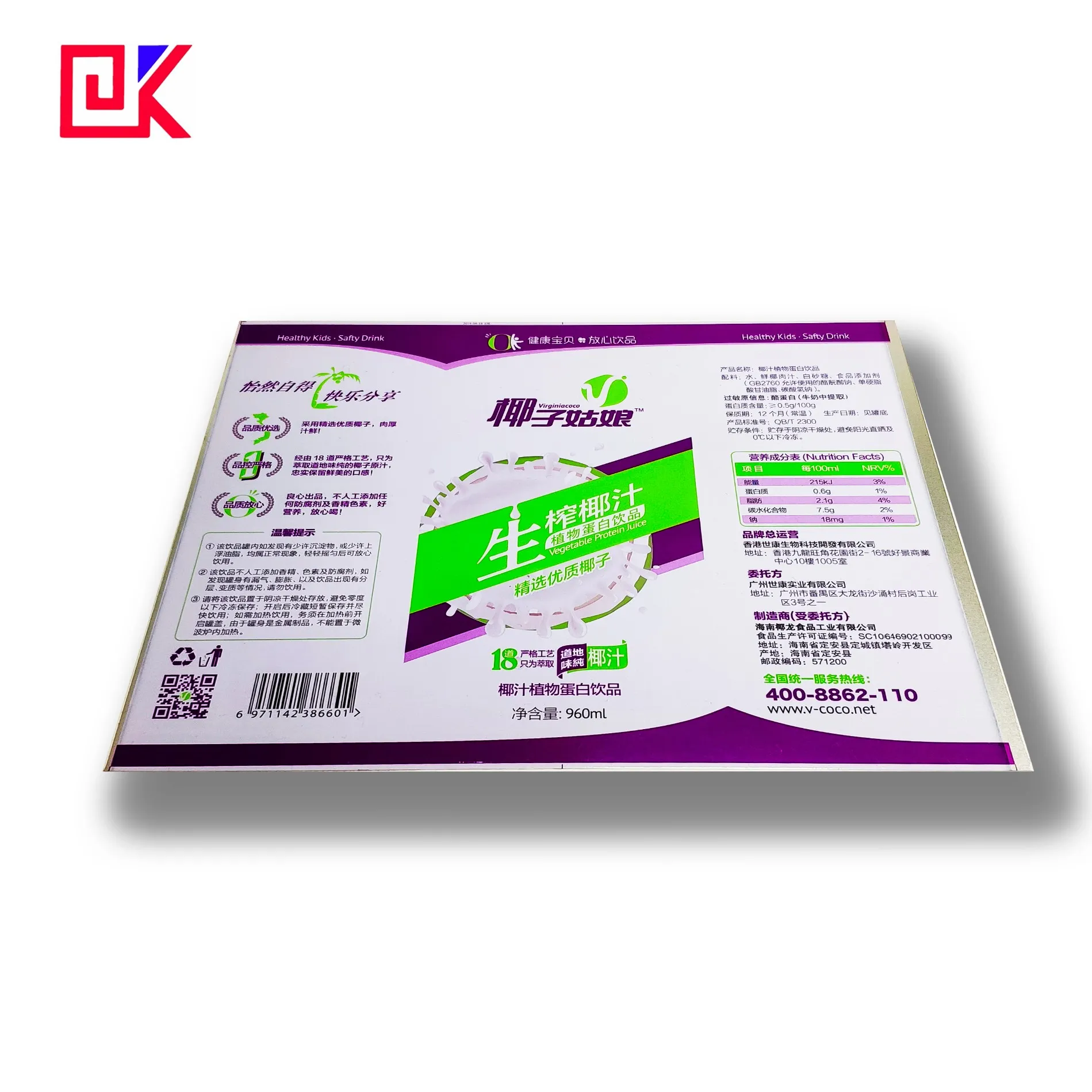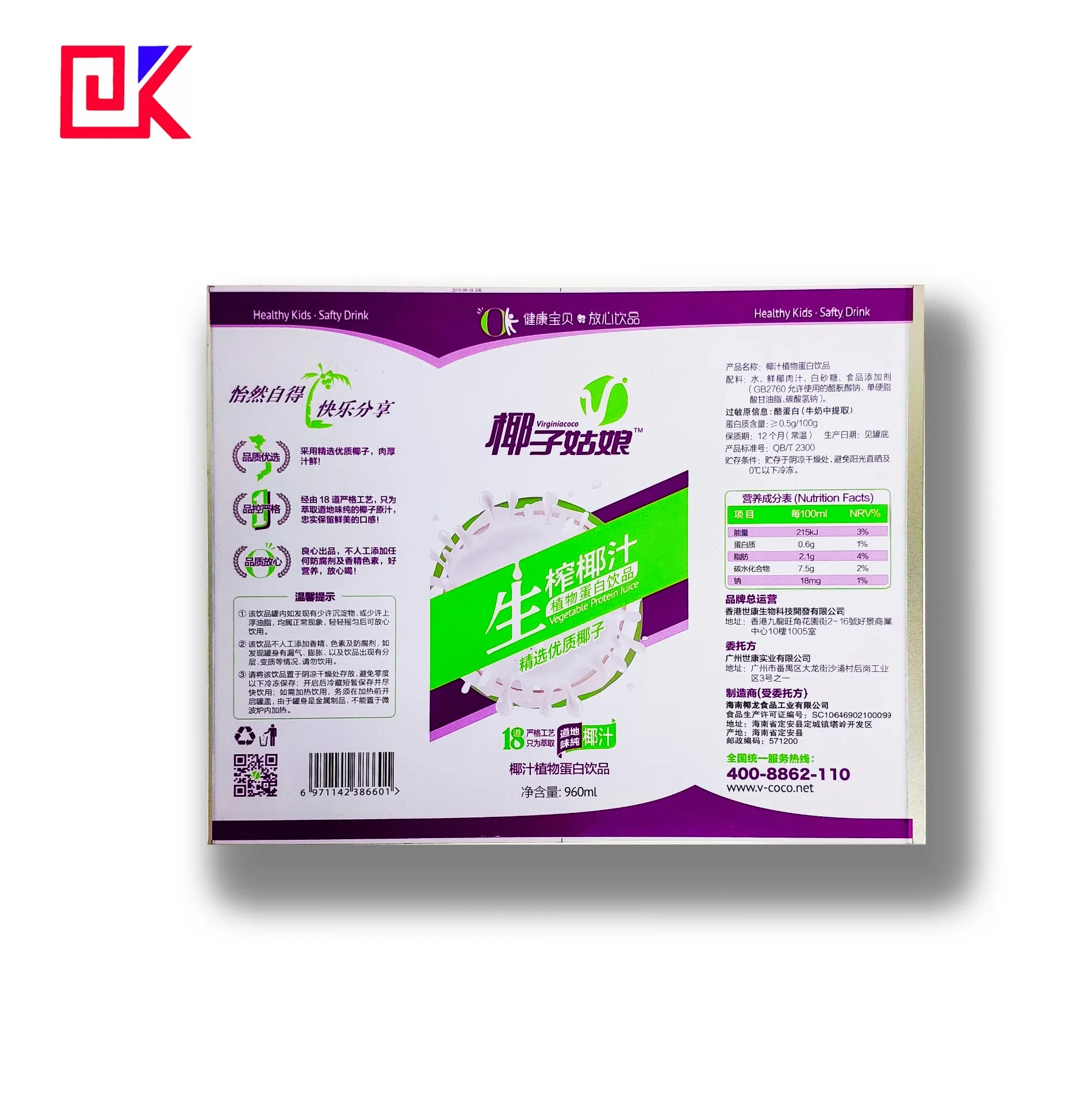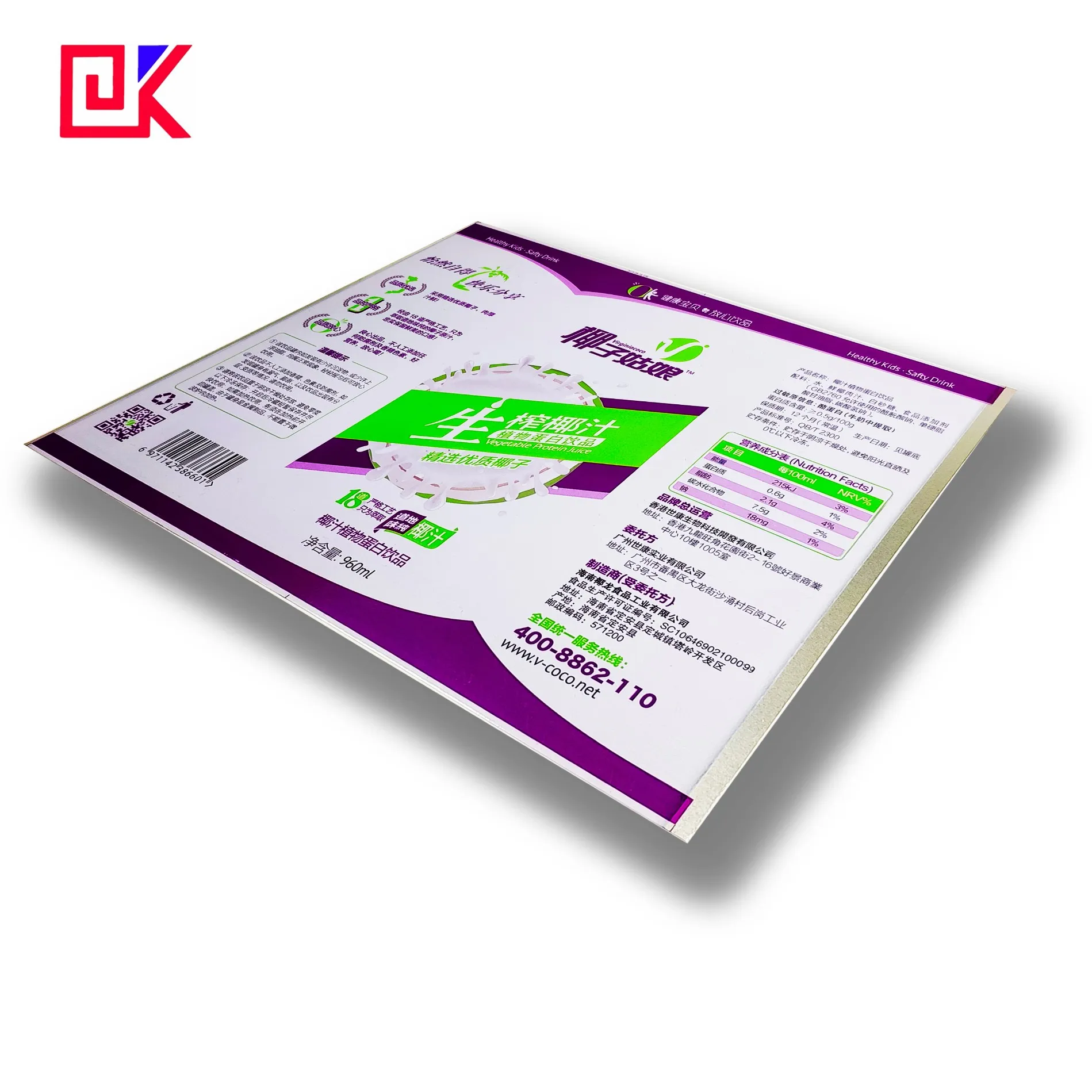Tinplate is a metal material widely used in daily life. It plays a vital role in many industries due to its excellent physical and chemical properties. For ordinary consumers, the term tinplate sheet may not be common, but if you understand its application scenarios, you will find it everywhere.
So, what material is tin plate sheet? What are its characteristics? What can it be used to make? This article will discuss these issues in detail to help readers better understand the uniqueness of this material.

What is tinplate?
Tinplate is a tin-plated steel. It is made of cold-rolled low-carbon steel plates or steel strips through a precise process, and its surface is coated with a uniform layer of tin, so it has excellent corrosion resistance. The traditional name "tinplate" comes from the transliteration of the English word "Tinplate", but in fact it is not entirely made of tin. The tin layer is just a coating material on its surface to play a role in corrosion prevention, and the core material is still steel.
The main production steps of tinplate can be divided into the following links: First, the steel plate is cold-rolled to form a low-carbon steel of a specific thickness; then, the steel is immersed in a molten tin pool, and after a series of chemical and physical treatments, a very thin layer of tin is plated on the surface of the steel plate. The tinning process usually uses electroplating technology to ensure the uniformity and adhesion of the tin layer. The thickness of the tin layer is not fixed, but can be adjusted according to different needs, generally between 0.1 and 0.4 microns.
The purpose of tinning is to provide protection for steel so that it is not easy to oxidize when exposed to air, moisture and acidic substances. Therefore, tinplate has good rust resistance and corrosion resistance, and maintains the original strength and machinability of steel. This material combines the strength of steel and the corrosion resistance of tin, and is an excellent composite material.

What are the characteristics of tinplate?
Characteristics of tinplate:
1. Strong corrosion resistance
2. Bright appearance
3. Good processing performance
4. Non-toxic and environmentally friendly
5. Strong weldability
Strong corrosion resistance
Because the surface of tinplate sheet is plated with a layer of tin, it has extremely strong corrosion resistance, especially in humid environment or acid-base environment, this layer of tin can effectively protect the internal steel from rust.
Bright appearance
The surface of tin plate sheet is smooth and has a metallic luster, which makes it have a good visual effect in packaging and decorative purposes. Especially in food packaging, consumers can often directly see its bright appearance, which improves the quality of the product.
Good processing performance
Tinplate can be made into containers or accessories of various complex shapes through stamping, stretching, bending and other processing methods. At the same time, due to the high strength of the material itself, it can maintain good rigidity and durability after molding.
Non-toxicity and environmental protection
Although the surface of tinplate is plated with metal tin, tin is a non-toxic and harmless metal. Due to its physical and chemical stability, tinplate is widely used in the food packaging industry. In addition, tinplate is recyclable, which meets the needs of modern society for environmental protection and sustainable development.
Strong weldability
The good weldability of tinplate allows it to be used in a variety of manufacturing processes, especially when canning food or chemical products, tin plate sheets can be made into well-sealed containers by welding.

What are the main uses of tinplate?
Due to its unique properties, tinplate sheet has been widely used in many industries, especially in food packaging, chemical product packaging, daily necessities manufacturing and other special industrial fields.
Five common application areas of tinplate:
1. Food packaging industry
2. Chemical product packaging
3. Daily necessities and cosmetics packaging
4. Toys and crafts
5. Electronic product housing
Food packaging industry
The most well-known application of tinplate is in the field of food packaging. Due to its excellent corrosion resistance and non-toxic and harmless characteristics, tinplate is widely used in packaging forms such as canned food and beverage cans. For example, canned fruit, canned fish, canned meat, etc. often use tinplate to make containers. This is because in the process of storing food, the moisture and acidic substances inside the food will come into contact with the packaging material, and tinplate can effectively prevent corrosion and ensure the safety and shelf life of the food.
In addition, tinplate is also used to make beverage cans, especially canned carbonated beverages and fruit juice drinks. Tinplate can not only maintain the taste and bubbles of the beverage, but also avoid the influence of the external environment on the beverage. In addition, tin itself is non-toxic, which means that tinplate packaged food will not contaminate the food or beverage inside.
Chemical product packaging
In the chemical industry, many chemicals are corrosive or volatile, so the packaging materials need to have strong anti-corrosion and sealing capabilities. Tinplate has become an ideal material for chemical product packaging due to its excellent antioxidant and chemical corrosion resistance. It is often used to make packaging containers such as paint buckets, paint cans, and lubricating oil cans. These containers are not only required to be able to store chemical products for a long time, but also to prevent them from leaking or chemical reactions.
The metal structure of tinplate provides strong mechanical strength and durability for packaging containers. At the same time, the tin layer can effectively prevent chemicals from corroding the containers, ensuring the safety of chemical products during transportation and storage.
Daily necessities and cosmetics packaging
Tinplate is also widely used in the packaging of daily necessities and cosmetics. For example, soap boxes, candle jars, cosmetic boxes, etc. are often made of tinplate sheet. This type of packaging not only requires a certain degree of corrosion resistance and aesthetics, but also requires a certain strength to withstand a certain external force impact. The smooth surface and high strength of tin plate sheet make it have high practical value in these fields.
Especially in the field of high-end cosmetics packaging, tinplate boxes have a high-end texture, which can enhance the overall grade of the product and are deeply loved by consumers.
Toys and crafts
In addition to the packaging field, tinplate sheet is also commonly used to make toys and crafts. In traditional toy making, tinplate toys have become a classic toy material due to their durability and easy processing. It can be made into toys of various shapes, such as cars, mechanical toys, etc. through simple stamping processes. This type of toy is not only durable, but also can be painted on the surface, showing rich colors and patterns, which is deeply loved by children.
In the field of handicrafts, tin plate sheet is also often used to make various decorative items, such as metal picture frames, pendants, etc. These handicrafts have good decorative effects and have certain collection value due to their metallic texture.
Electronic product shell
In the field of electronic products, tinplate is also widely used. Because tin plate sheet has good conductivity and anti-corrosion properties, it is often used to make the shell of electronic products. For example, early battery shells used tinplate materials to ensure the stability and safety of internal chemicals. In addition, the shells or shielding covers of some electronic components are also made of tin plate sheet to ensure that electronic products can work stably and for a long time in complex environments.

What are the advantages and disadvantages of tinplate?
Advantages of tinplate:
1. Excellent anti-corrosion performance
2. Excellent processing performance
3. Good surface gloss
4. Non-toxic and environmentally friendly
● Excellent anti-corrosion performance: The tin layer on the surface of tinplate can effectively block the corrosion of air and moisture to the internal steel, especially in humid and acidic environments.
● Excellent processing performance: Tinplate sheet has good ductility and is easy to process by stamping, stretching and other processing technologies, suitable for making various complex shaped objects.
● Good surface gloss: Tinplate has a bright appearance and good visual effects, suitable for decorative packaging and outer packaging of high-end products.
● Non-toxic and environmentally friendly: Tin is a non-toxic metal, so tinplate sheet is widely used in food and beverage packaging. At the same time, tinplate has the environmentally friendly characteristics of being recyclable.
Disadvantages of tinplate:
1. High cost
2. Poor wear resistance
3. Easy to deform in high temperature environment
● High cost: Since tin, a relatively expensive metal material, is required in the manufacturing process, the production cost of tinplate sheet is relatively high, especially in large-scale applications, this cost will affect the price of the final product.
● Poor wear resistance: Although tin plate sheet has good corrosion resistance, the tin layer on its surface is relatively thin and easily damaged by mechanical friction, thus exposing the internal steel and reducing its durability.
● Easy to deform in high temperature environment: The main component of tin plate sheet is low-carbon steel, which is easy to lose strength in high temperature environment, so it is not suitable for high temperature application scenarios.

